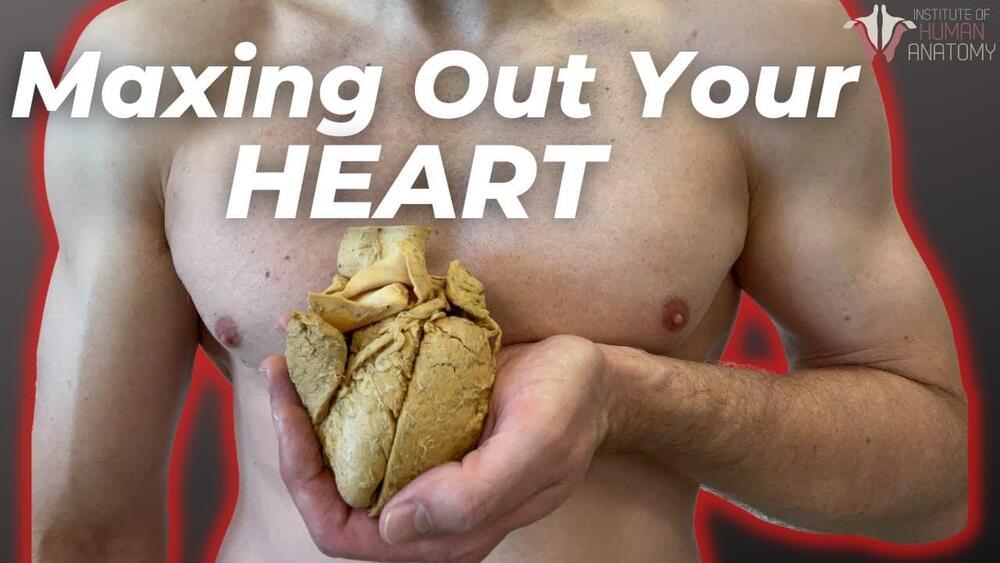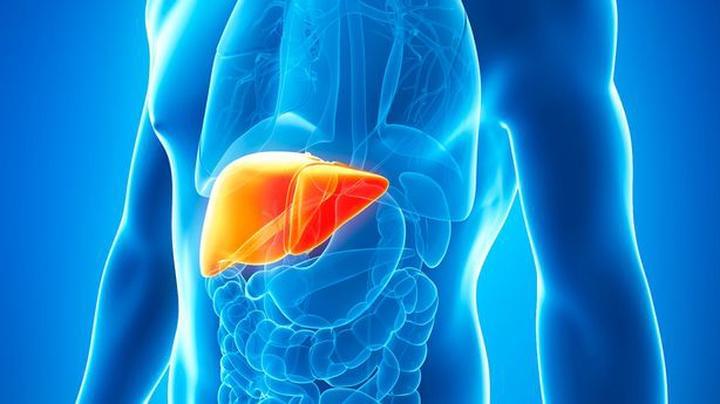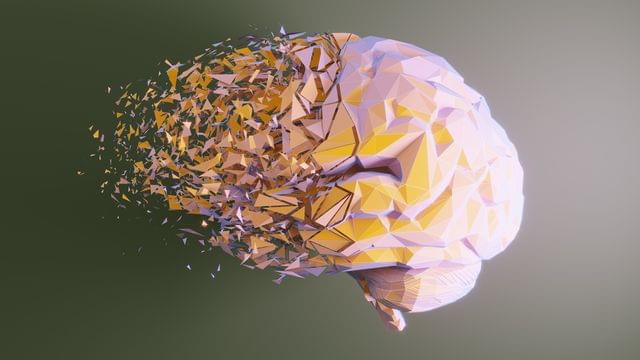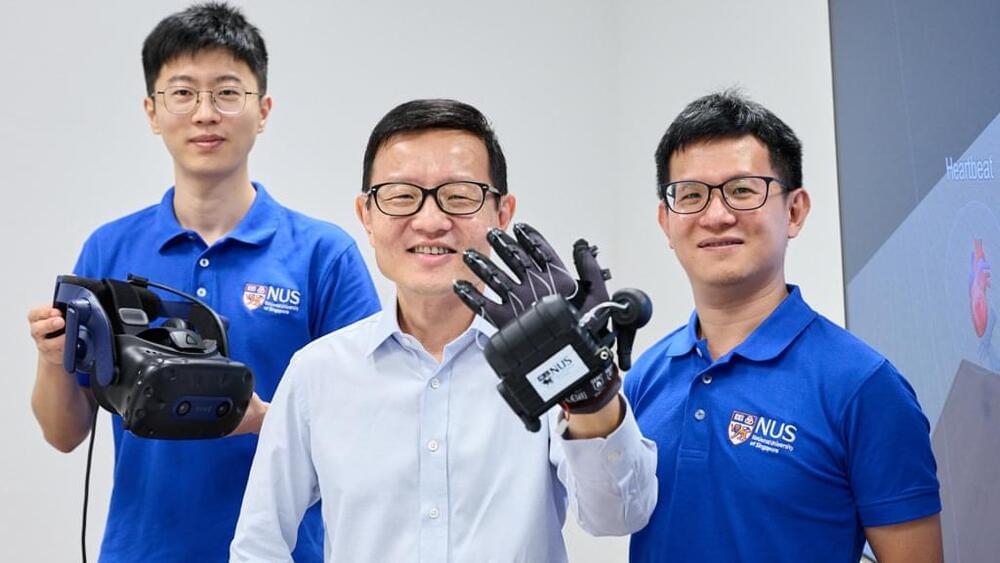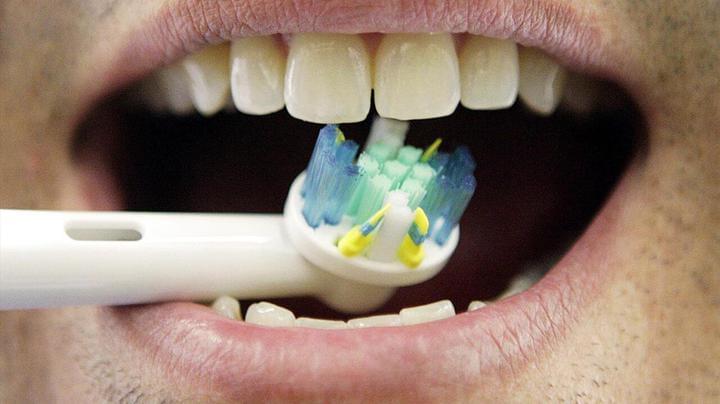Jan 25, 2023
How to Be 18 Years Old Again for Only $2 Million a Year
Posted by Omuterema Akhahenda in categories: biotech/medical, health
Novak Djokovic, age 35, sometimes hangs out in a pressurized egg to enrich his blood with oxygen and gives pep talks to glasses of water, hoping to purify them with positive thinking before he drinks them. Tom Brady, 45, evangelizes supposedly age-defying supplements, hydration powders and pliability spheres. LeBron James, 38, is said to spend $1.5 million a year on his body to keep Father Time at bay. While most of their contemporaries have retired, all three of these elite athletes remain marvels of fitness. But in the field of modern health science, they’re amateurs compared to Bryan Johnson.
Middle-aged tech centimillionaire Bryan Johnson and his team of 30 doctors say they have a plan to reboot his body.



